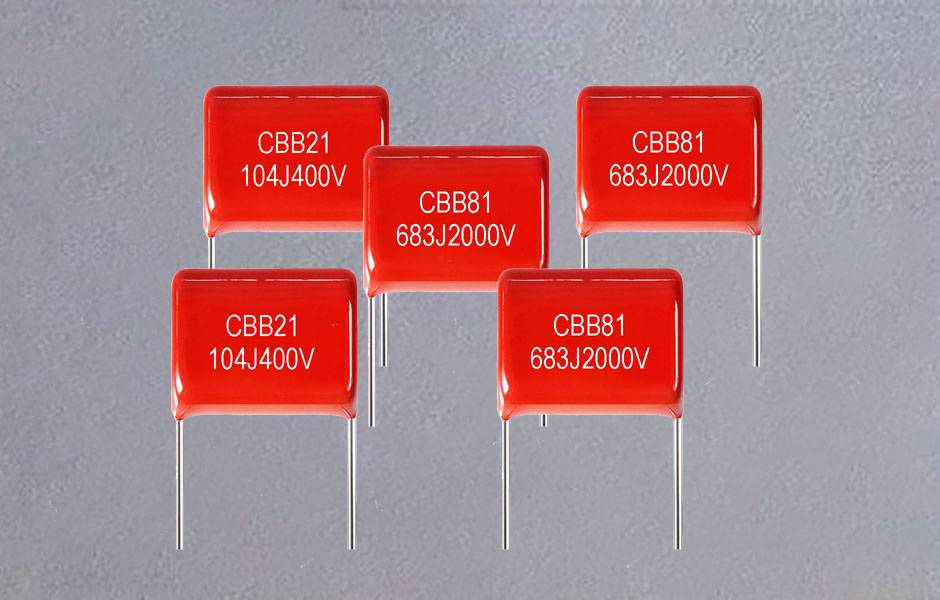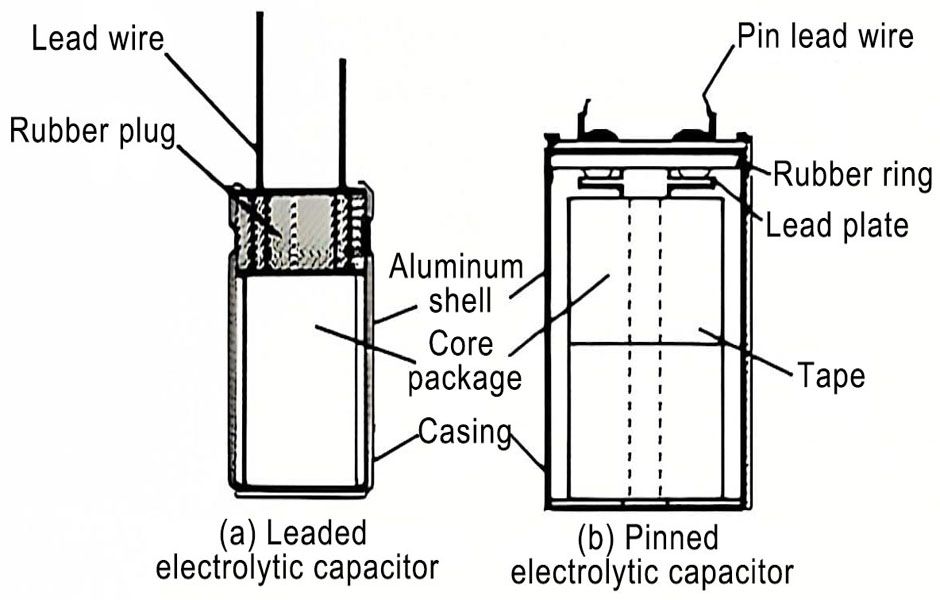Analysis on the cause of power capacitors explosion damage
In recent years, more and more power capacitors have been put into operation, but due to poor governance and other technical reasons, power capacitors are often damaged and exploded. The reasons are as follows:
Breakdown of internal components of the capacitor: mainly caused by poor manufacturing process.
The capacitor is damaged to the outer edge of the case: the lead wire on the high voltage side of the capacitor is made of thin copper sheet. Assuming that the manufacturing process is poor, the edge is not subject to burrs or severe bending, it is prone to corona. The oil level drops to cause breakdown. In addition, when sealing, assuming that the welding time is too long at the corner, the interior will be burned and oil and gas will occur, causing the voltage to drop and cause damage to the capacitor.
Poor sealing and oil leakage: Due to the poor sealing of the assembly casing, moisture enters the inside, which reduces the resistance of the margin; or the oil level drops due to oil leakage, causing extreme discharge to the shell or component breakdown.
Bulge and internal dissociation: due to internal corona, breakdown discharge and internal dissipation, under the effect of overvoltage, the free voltage at the beginning of the component drops below the strength of the working electric field, thereby causing physical, chemical, and electrical effects to cause As soon as possible, accelerated aging, differentiation, gas generation, vicious reincarnation, the pressure of the box shell increased, causing the outer wall of the box drum to explode.
Charged closing causes the capacitor to explode: any capacitor bank with a rated voltage is prevented from closing with charge. Each time the capacitor bank is re-closed, the capacitor must be discharged for 3 minutes when the switch is open, otherwise an explosion may occur due to the residual charge on the capacitor at the moment of closing. For this reason, the capacitor bank with a capacity above 160kvar is generally installed, and the automatic discharge assembly should be installed when there is no voltage, and the switch of the capacitor bank should not be installed and the automatic closing should be installed.
In addition, the capacitor may be damaged and exploded due to excessively high temperature, poor ventilation, high operating voltage, excessive harmonic component or operating overvoltage.




